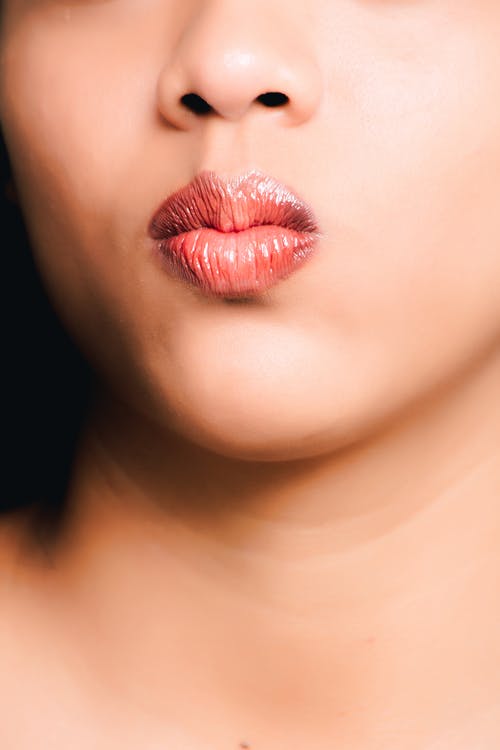Micro-expressions tell the truth…
We’ve all heard of body language and the clues it can provide to an individual’s emotions and state of mind. But what about micro-expressions? What are they? How can we read them in another individual? What do they tell us about that person’s emotional state and response?

They actually tell you the truest form of state that an individual is experiencing. Micro-expressions, as brief as they are, hones in on the real humanness of a person, before they are covered by what we think should be shown.
Micro-expressions are a form of non-verbal communication. They differ from macro-expressions in that they are fleeting and can be difficult to detect.
A micro-expression refers to the brief portrayal by an individual of a reaction to some external input. This expression is involuntary and shows the person’s emotional response, but it is hastily transformed.
A micro-expression may last for less than 1/2 a second before a person’s conscious thought processes transform their facial expression to hide this initial reaction. Micro-expressions have been studied extensively, mostly using video, as they are difficult to capture using standard photography. They can provide important clues to others’ real emotions and motivations.

There are seven universal human emotions – joy, surprise, sadness, anger, fear, contempt and disgust. Learning to read and understand micro-expressions can be useful in building rapport and understanding others. Let’s look at a couple.
Joy is relatively easy to identify. It is portrayed by a smile, with the corners of the mouth and cheeks lifted. Eyes are crinkled with the lines known as ‘crow’s feet’ showing or enhanced. A true expression of joy involves the entire face, especially the eyes.
A smile that involves only the lips is a fake or polite smile and does not depict real joy.
Fear is shown by a brow that is crinkled between the eyes, The whites of the eyes are visible above the iris and lips are drawn up and tensed with the mouth opened and nostrils slightly flared.






